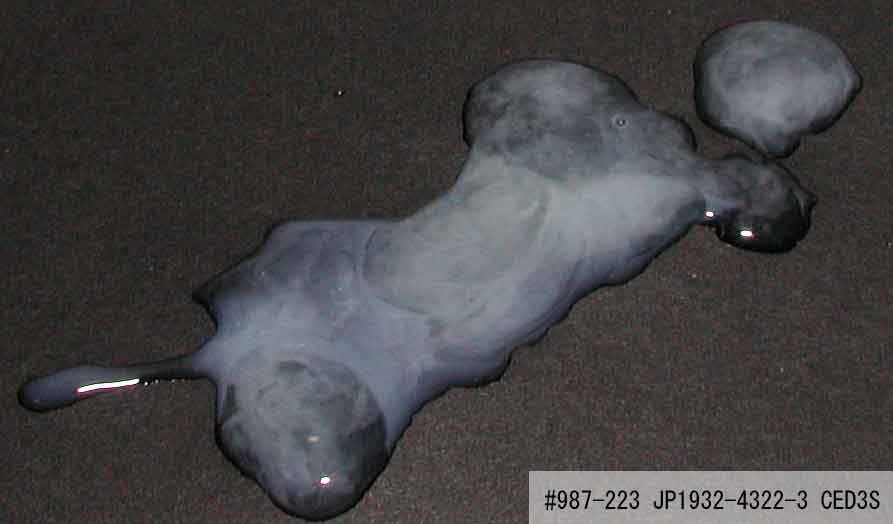
Image: en.wikipedia.org
Introduction:
In the realm of human reproduction, understanding the fundamental differences between sperm and semen is crucial. While both terms are often used interchangeably, there lies a subtle yet significant distinction that separates these two components. Embark on a journey of discovery to unravel the fascinating world of male fertility and clarify any misconceptions surrounding sperm and semen.
What is Sperm?
Sperm, the male gametes, are the tiny, specialized cells that carry the genetic material of a father. These single-celled wonders are produced in the testes, initiating their journey through the intricate male reproductive system. Sperm possess an elongated, tadpole-like shape, with a head containing the genetic payload and a tail that propels them forward in search of an egg.
What is Semen?
Semen, also known as seminal fluid, is the milky-white liquid that transports sperm during ejaculation. Along with sperm, semen contains an array of other substances, including fluids from the prostate, seminal vesicles, and Cowper’s glands. These fluids contribute to seminal fluid’s volume and provide essential nutrients and protection for sperm.
Key Differences:
-
Cellular Composition: Sperm are individual cells, while semen is a composite fluid containing sperm and other substances.
-
Origin: Sperm are produced in the testes, while seminal fluid originates from various glands in the male reproductive tract.
-
Volume: Semen typically ranges in volume from 2 to 5 milliliters, while the actual sperm content may vary depending on sperm count.
-
pH: Semen typically has a slightly alkaline pH (7.2-7.8), facilitating sperm survival in the female reproductive tract.
-
Ejaculation: Semen is expelled during ejaculation as part of the male’s reproductive response to sexual stimulation.
Functions:
Sperm:
- Fertilizes the female egg, resulting in conception
- Carries genetic information from the father to the child
Semen:
- Nourishes and protects sperm
- Provides an alkaline environment to enhance sperm motility
- Facilitates semen delivery to the female reproductive tract
- May contain hormones and other factors that aid in fertilization and reproduction
Conclusion:
Comprehending the differences between sperm and semen is vital for the informed exploration of human reproduction. Sperm, the essential genetic bearers, reside within the semen, a rich fluid that ensures their survival and facilitates their journey towards fertilization. Understanding this distinction not only enhances our knowledge but also opens doors to addressing male fertility concerns and improving reproductive health outcomes. By embracing transparency and accuracy, we can empower individuals with the information they need to navigate these intricate aspects of life with confidence.

Image: www.youtube.com
What Is The Difference Between Sperm And Seamen